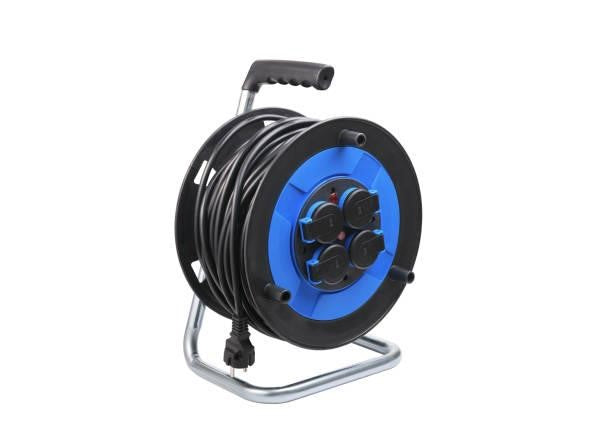

Power Strip Vs. Extension Cord: The Ultimate Showdown for Electrical Supremacy

In the realm of devices and gadgets, two often overlooked yet players keep our lives powered up; the power strip and the extension cord. These humble companions are rarely given the attention they deserve.
Power strips and extension cords have their strengths and specific uses for delivering supremacy. In this case, we will delve into their differences. Explore the ideal scenarios, each enabling you to choose which rules your electrical domain.
Understanding the Basics: Power Strip vs. Extension Cord Difference
First, discuss the distinction between a power strip and an extension cord. A power strip is a cluster of sockets connected to one power cord. It offers the convenience of plugging devices into one wall outlet, efficiently powering several electronics simultaneously.
On the other hand, an extension cord is a flexible electrical cable that allows you to extend the reach of your power source. This enables you to connect devices away from the wall outlet.
Power Strip vs. Wall Outlet: Expanding Your Reach

Let’s examine the battle between a power strip and a wall outlet. When surrounded by devices all vying for power, the power strip comes to the rescue. It provides outlets with one power cord making it a convenient solution for offices, entertainment centers, and home workshops.
However, sometimes you have a device that needs power far from the wall outlet. This is where the long extension cord becomes useful. Length allows you to extend your reach to various room corners or outdoors.
The long extension cord is convenient when you require power at a distance from the wall outlet, like setting up events working with power tools in your garage or using electronic equipment in your backyard.
Power Strips: More Than Just a Block of Sockets
Power strips have been adapted to meet requirements, and we now have specialized versions that offer distinct benefits. One great example is the flat plug extension cord, a low-profile plug that fits snugly against the wall. This allows you to move furniture closer without having to bend the cord.
Moreover, certain power strips are designed explicitly for purposes, such as the right angle power strip that works perfectly in spaces and corners, eliminating the need to bend cords unnecessarily.

Extension Cords: Heavy Duty and Outdoor Use
Nothing beats a heavy-duty extension cord when it comes to toughness and durability. These cords are specifically designed to handle power loads. They are made from materials perfect for powering appliances, construction equipment, and industrial machinery. They play a role in construction sites and workshops where reliable power distribution's essential.
Moreover, an outdoor extension cord becomes your companion if you need to extend your power source beyond your home or workplace boundaries. These cords are built to withstand weather conditions and the damaging effects of UV rays. They ensure power supply for lights, tools, and even holiday decorations regardless of the weather conditions.

Form Meets Function: Flat Cord Power Strips and Right Angle Power Cords
If you value aesthetics, consider using a flat cord power strip. Its sleek design allows it to lie flat against the floor or wall, reducing the risk of tripping and maintaining an appearance. This makes it particularly suitable for offices, conference rooms, and public spaces where cleanliness is essential.
Similarly, the right angle power cord are designed to be inconspicuous and convenient. The plug is angled at 90 degrees to prevent the cord from sticking out and obstructing furniture placement or foot traffic. This clever design helps keep your workspace organized and free from clutter.
Switch Power Cord vs. Extension Cord with Switch
If you often find yourself unplugging devices from the power strip to turn them off, an extension cord with a switch could be the solution you've longed for. With a switch built into the cord, you can easily control the power supply to devices without reaching for the power strip.
On the side, if you have devices connected to a power strip, a switch power cord lets you turn off all those devices simultaneously. This is particularly convenient when you want to cut off the power supply, like when leaving your office or heading to bed.
Bulk Power Cords and Bulk Extension Cords
If you work as an electrician, contractor, or power installer, you understand the importance of being well-prepared. Having several bulk power or extension cords available allows you to easily handle different scenarios without running out of length or available outlets. It's an asset in any professional’s repertoire.

Conclusion
When it comes to the competition for electricity control, the power strip and extension cord join forces. They each have their advantages and serve specific functions. The power strip adds convenience and effectiveness to our routines as a hub for multiple devices. On the other hand, the extension cord enables us to extend our access beyond the confines of wall outlets delivering power wherever needed.
Whether you prefer the design of a cord power strip or rely on the durability of a heavy duty extension cord, these unassuming heroes play a vital role in keeping our devices powered up and ready for action.
